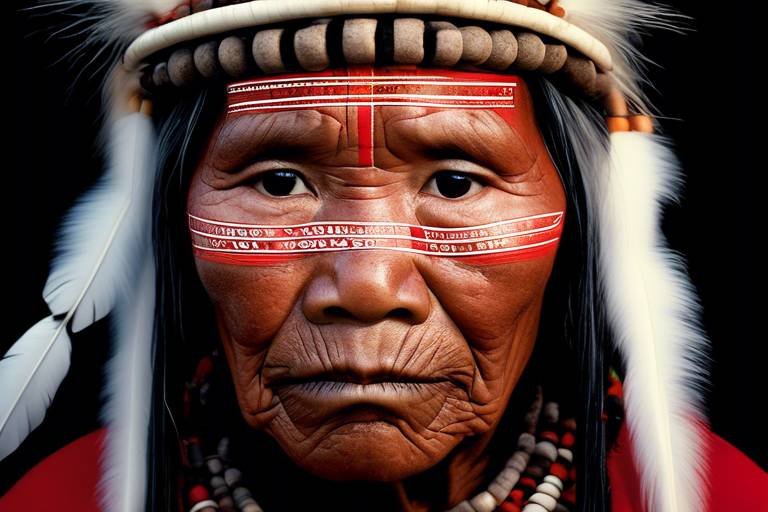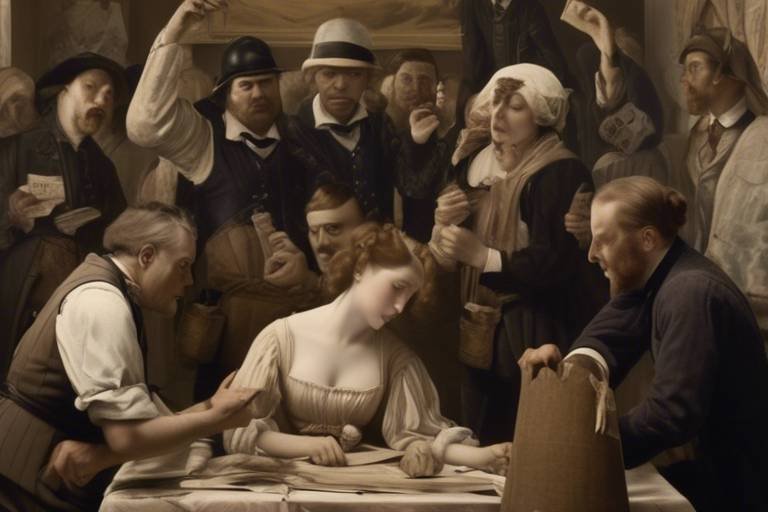The Legacy of the Industrial Revolution on Cultural Identity
When we delve into the legacy of the Industrial Revolution on cultural identity, we uncover a tapestry woven with threads of innovation, upheaval, and transformation. The Industrial Revolution was a seismic shift in human history, reshaping societies and leaving an indelible mark on cultural heritage. As the gears of industrialization turned, they not only propelled technological advancements but also sparked a revolution in the way people lived, worked, and expressed themselves.
The technological advancements of the Industrial Revolution heralded a new era of cultural shifts, dismantling age-old traditions and paving the way for novel forms of expression. From the clattering looms of textile mills to the billowing smokestacks of factories, the landscape of society was forever altered. Art, literature, and societal norms underwent a metamorphosis, reflecting the pulse of a rapidly changing world.
Urbanization emerged as a powerful force, drawing rural populations into burgeoning cities and giving rise to a melting pot of cultural diversity. The migration of people from countryside to urban centers created a mosaic of traditions, blending old customs with new practices. The city streets became a canvas where different cultures intermingled, shaping unique identities and fostering a sense of cosmopolitanism.
Artists and writers, keen observers of their time, responded to the industrial era with a mix of awe and apprehension. Through their works, they captured the essence of a society in flux, grappling with the repercussions of industrialization on cultural identity. Their creations served as mirrors, reflecting the triumphs and tribulations of an age defined by progress and turmoil.
The labor movements that burgeoned during the Industrial Revolution were not just struggles for better working conditions; they were battles for cultural solidarity. Workers banded together, forging collective identities rooted in shared experiences and aspirations. The labor movement became a crucible where cultural bonds were strengthened, laying the foundation for social change.
Yet, amidst the march of progress, traditional crafts and artisanal skills faced a precarious future. The rise of mass production threatened to eclipse centuries-old practices, prompting efforts to safeguard cultural heritage from the encroaching tide of industrialization. The preservation of craftsmanship became a testament to the resilience of cultural identity in the face of modernity.
As the wheels of industry spun, the environmental consequences reverberated across cultural landscapes. The once pristine vistas were marred by pollution and degradation, prompting a newfound awareness of the interconnectedness between nature and culture. Environmental consciousness emerged as a cornerstone of cultural identity, urging societies to reevaluate their relationship with the natural world.
The legacy of the Industrial Revolution reverberates in the modern era, shaping contemporary cultural identities in the digital age. Globalization, a byproduct of industrialization, has fostered cultural exchanges and blurred the boundaries between nations. The fusion of traditions across borders has given rise to a kaleidoscope of cultural identities, each bearing the imprint of the industrial past.
In conclusion, the Industrial Revolution stands as a watershed moment in human history, leaving an enduring impact on cultural identity. As we navigate the complexities of the modern world, we are reminded of the profound influence of industrialization on the tapestry of our cultural heritage.
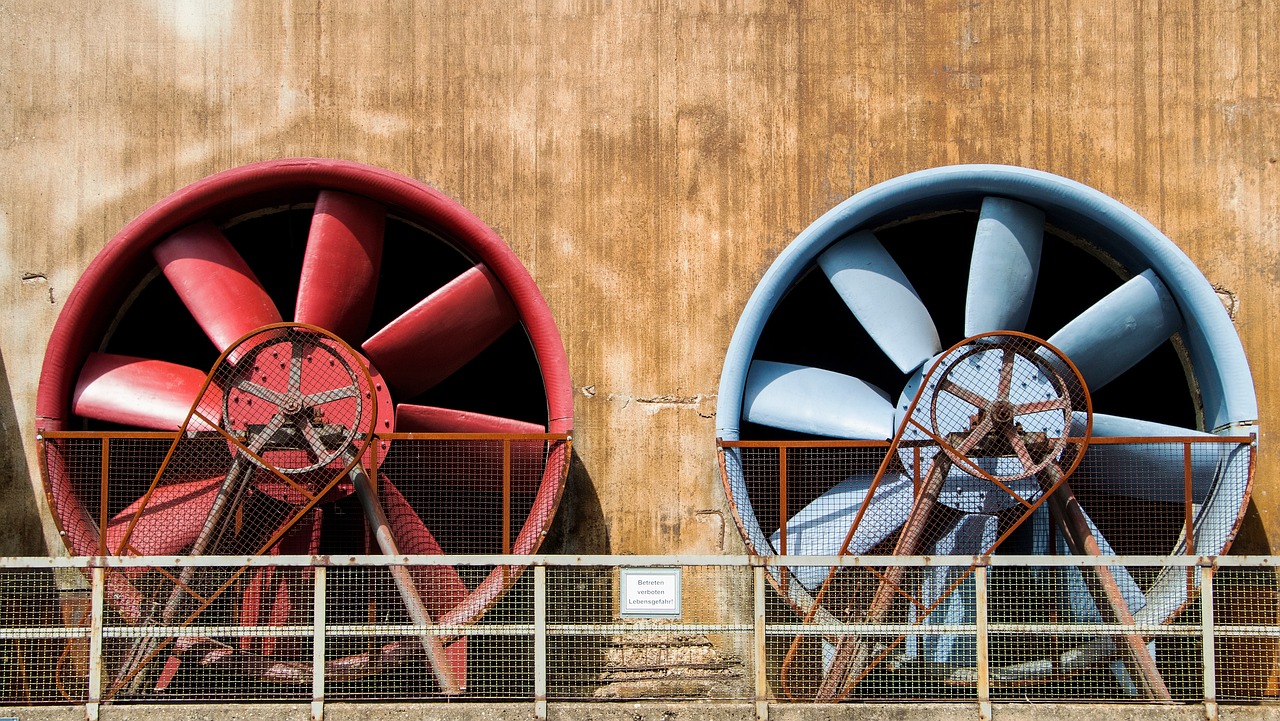
Technological Advancements and Cultural Shifts
Exploring how the Industrial Revolution reshaped societies and influenced cultural identities, impacting art, literature, and societal norms. This article delves into the lasting effects on cultural heritage and identity stemming from the era of industrialization.
During the Industrial Revolution, technological advancements revolutionized the way people lived and worked, leading to significant cultural shifts across societies. The introduction of machinery and mass production techniques transformed traditional cultural practices, giving rise to new forms of expression and societal structures. Innovations such as the steam engine and mechanized factories not only boosted productivity but also redefined the relationship between individuals and their work.
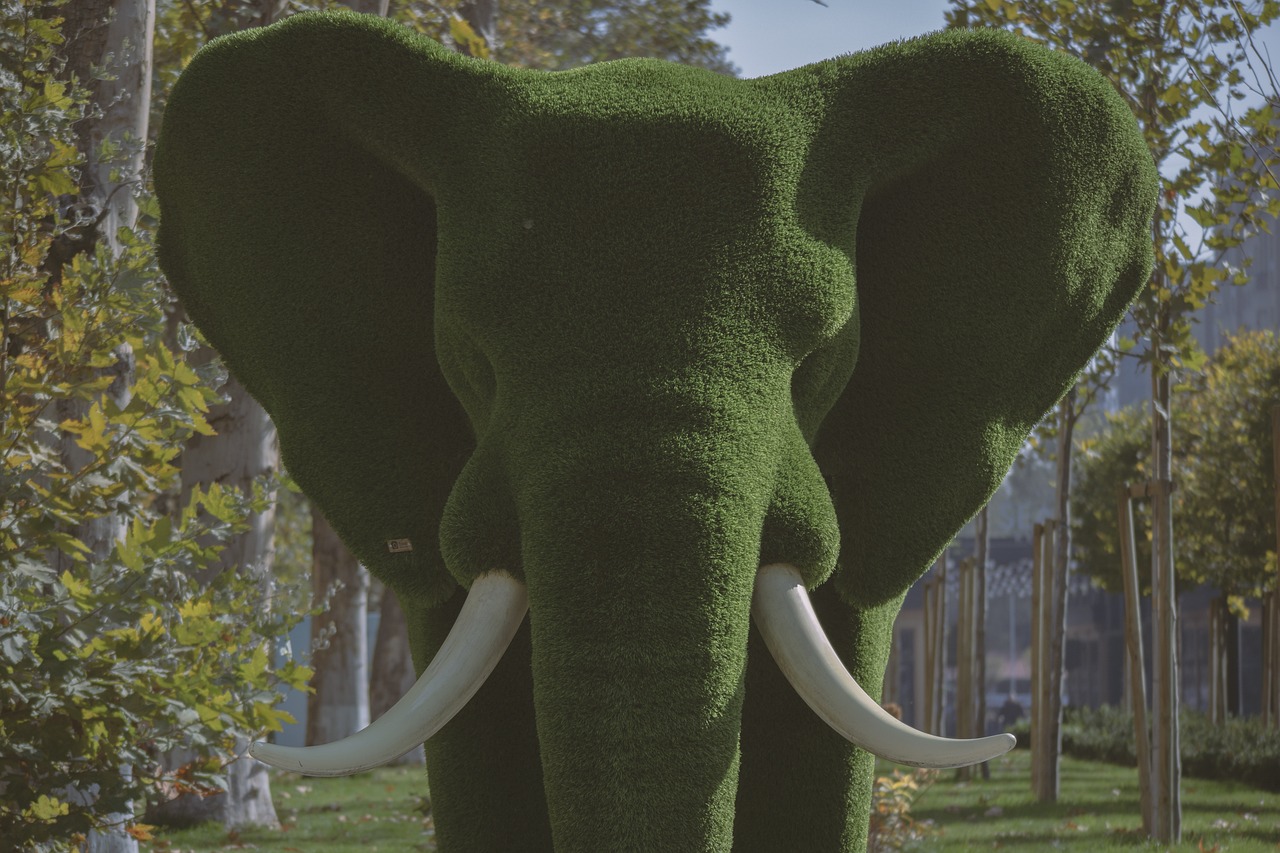
Urbanization and Cultural Diversity
Urbanization during the Industrial Revolution brought about significant changes in cultural diversity as people from rural areas migrated to cities in search of employment opportunities and better living conditions. The rapid growth of urban centers led to a melting pot of cultures, traditions, and beliefs, creating a vibrant tapestry of diversity.
As rural populations flocked to urban areas, they brought with them their unique customs, languages, and practices, blending them with the existing urban culture. This cultural fusion gave rise to new forms of art, music, cuisine, and social interactions, enriching the cultural landscape of cities and fostering a sense of cosmopolitanism.
The urban environment became a hub of cultural exchange, where different ethnicities and social classes interacted, leading to the emergence of hybrid cultural identities. Neighborhoods became microcosms of diversity, each contributing to the overall cultural mosaic of the city.
Despite the challenges of overcrowding and social inequalities, urbanization also provided opportunities for cultural expression and innovation. Artists, writers, and intellectuals found inspiration in the bustling city life, capturing the essence of cultural diversity in their works and challenging traditional norms.
Moreover, urbanization spurred the growth of cultural institutions such as museums, theaters, and galleries, serving as platforms for showcasing diverse artistic expressions and preserving cultural heritage. These institutions played a crucial role in promoting cultural awareness and fostering a sense of community among city dwellers.
In essence, urbanization during the Industrial Revolution not only transformed the physical landscape of cities but also reshaped the cultural identity of societies, paving the way for a more interconnected and diverse world.

Artistic Responses to Industrialization
During the era of industrialization, artists and writers found themselves grappling with the profound changes brought about by technological advancements and societal shifts. The Industrial Revolution not only transformed the physical landscape but also sparked a revolution in artistic expression. Artists responded to the industrial age by capturing its essence in their works, reflecting on the impact of mechanization on cultural identity.
Painters such as J.M.W. Turner and John Constable depicted the industrial landscape in their art, showcasing the stark contrast between the natural world and the encroaching machinery. Turner's atmospheric paintings captured the effects of industrial pollution on the environment, while Constable's pastoral scenes lamented the loss of rural tranquility in the face of urban expansion.
Similarly, writers like Charles Dickens and Elizabeth Gaskell used their novels to critique the social injustices and human suffering caused by industrialization. Through vivid descriptions of factory life and the plight of the working class, these authors shed light on the harsh realities of the industrial era, challenging societal norms and advocating for social reform.
Artistic movements such as Romanticism and Realism emerged as responses to the industrial age, emphasizing emotion, nature, and the everyday experiences of ordinary people. Romantic poets like William Wordsworth celebrated the beauty of the natural world as a counterbalance to the industrial landscape, while Realist writers like Emile Zola sought to expose the gritty truth of urban life in their works.
By engaging with the themes of progress, alienation, and human resilience, artists of the Industrial Revolution captured the complexities of cultural identity in a rapidly changing world. Their creative responses continue to resonate with audiences today, offering insight into the enduring legacy of industrialization on artistic expression and cultural heritage.
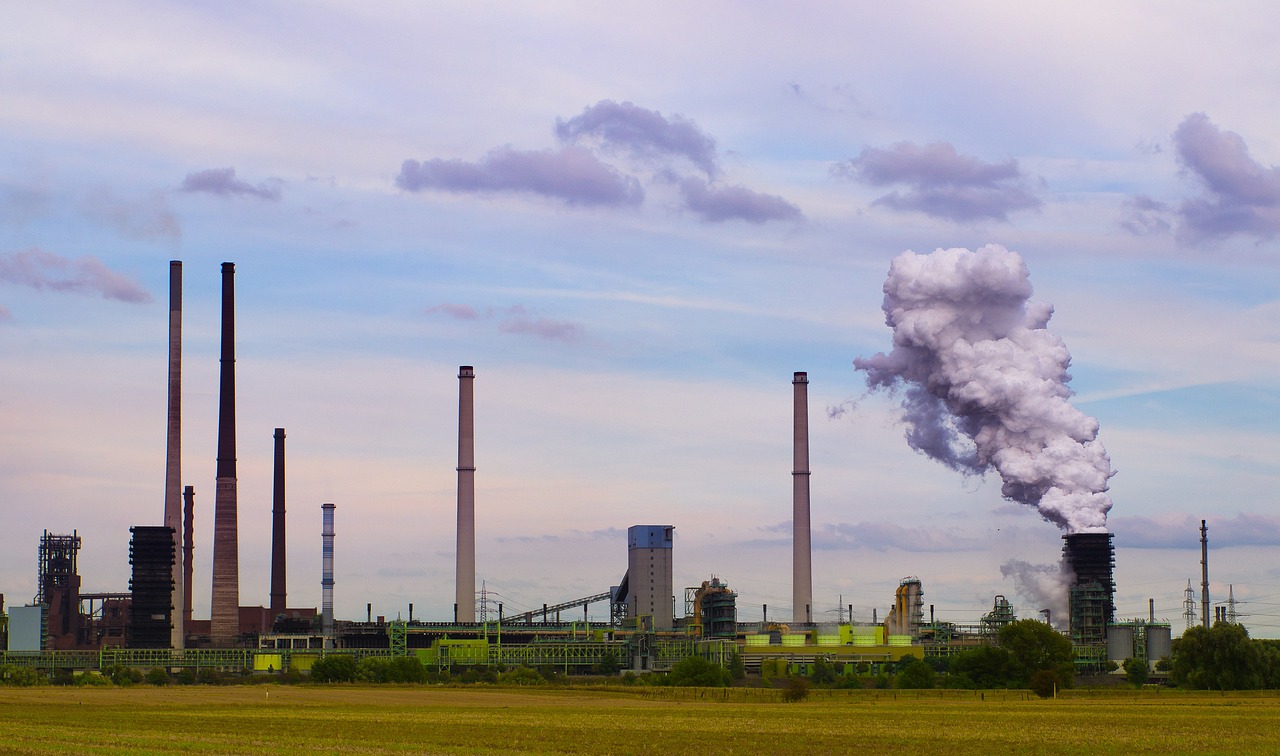
Labor Movements and Cultural Solidarity
During the Industrial Revolution, labor movements played a crucial role in shaping cultural solidarity among workers. The rise of factories and mass production brought about harsh working conditions and exploitation of laborers, leading to the formation of organized labor movements. Workers united to demand fair wages, better working conditions, and improved rights, fostering a sense of collective identity and solidarity.
These labor movements not only aimed to address immediate concerns but also sought to challenge societal norms and power structures. Through strikes, protests, and advocacy efforts, workers asserted their rights and pushed for social change, influencing not only labor practices but also broader cultural values and norms.
One of the significant impacts of labor movements was the creation of a shared cultural identity among workers. Solidarity emerged as a powerful force, transcending individual differences and uniting workers from diverse backgrounds in a common cause. This sense of unity and collective action not only strengthened the labor movement but also left a lasting impact on cultural identity, emphasizing the importance of community, cooperation, and mutual support.
Moreover, labor movements during the Industrial Revolution laid the foundation for modern labor rights and regulations, shaping the way we perceive work and labor relations today. The struggles and victories of early labor activists continue to inspire movements for social justice and equality, highlighting the enduring legacy of cultural solidarity forged during a time of rapid industrialization and social change.

Impact on Traditional Crafts and Artisanal Skills
Exploring how the Industrial Revolution reshaped societies and influenced cultural identities, impacting art, literature, and societal norms. This article delves into the lasting effects on cultural heritage and identity stemming from the era of industrialization.
Examining how the technological innovations of the Industrial Revolution altered traditional cultural practices, leading to new forms of expression and societal structures.
Investigating the impact of rapid urbanization on cultural identity, as rural populations migrated to cities, creating diverse cultural landscapes and fostering new traditions.
Analyzing how artists and writers responded to the industrial era, reflecting on its effects on cultural identity through their works and challenging societal norms.
Exploring how labor movements during the Industrial Revolution fostered a sense of cultural solidarity among workers, shaping collective identities and influencing social change.
Discussing the decline of traditional crafts and artisanal skills in the wake of industrialization, and the efforts to preserve cultural heritage in the face of mass production.
The Industrial Revolution brought about significant changes in the way goods were produced, shifting from handmade artisanal methods to mechanized mass production. This shift had a profound impact on traditional crafts and artisanal skills, leading to a decline in the practice of these time-honored techniques. Artisans who once crafted products by hand found themselves unable to compete with the efficiency and output of machines, resulting in a loss of livelihood and cultural heritage.
Efforts to preserve traditional crafts and artisanal skills have emerged in response to the industrialization of production processes. Organizations and individuals dedicated to cultural preservation work tirelessly to ensure that these crafts are not lost to history. By promoting awareness and providing support for artisans, these initiatives aim to safeguard the rich cultural heritage embedded in traditional crafts.
Examining the environmental impact of industrialization on cultural landscapes and the emergence of environmental awareness as a key component of cultural identity.
Investigating how the Industrial Revolution facilitated globalization, leading to cultural exchanges and the blending of traditions across borders, shaping contemporary cultural identities.
Reflecting on how the Industrial Revolution continues to influence modern cultural identities, as societies grapple with the legacy of industrialization in the digital age.
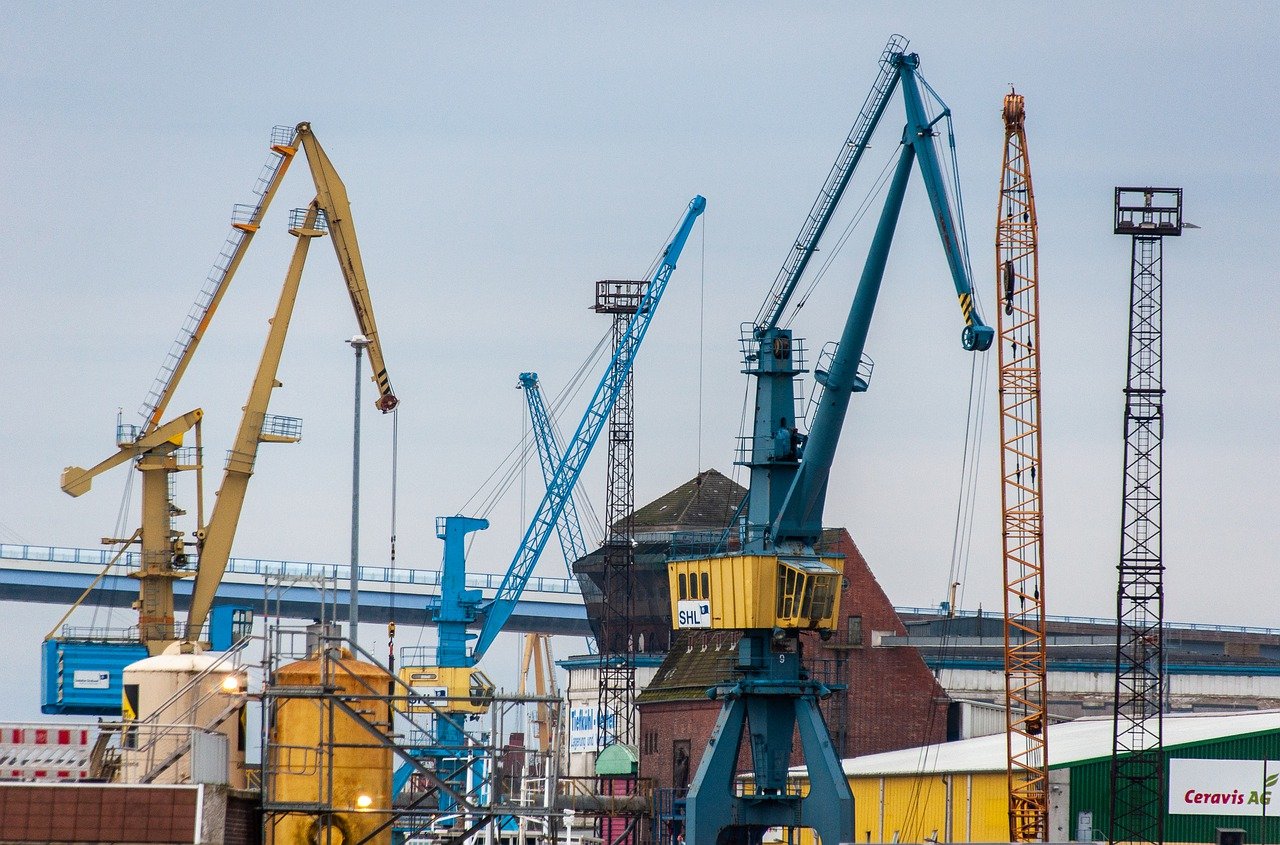
Environmental Consequences and Cultural Awareness
The Industrial Revolution brought about significant environmental consequences that continue to shape cultural awareness today. As factories emerged and production escalated, the landscape underwent drastic changes, with pollution becoming a prevalent issue. Rivers once clear and teeming with life turned murky and toxic, reflecting the toll industrialization took on the environment. The smog-filled skies and contaminated waters became symbols of the era's disregard for nature, prompting a shift in cultural attitudes towards environmental preservation.
In response to the environmental degradation caused by industrialization, a new wave of cultural awareness emerged. People began to recognize the interconnectedness between human activities and the natural world, sparking movements advocating for conservation and sustainable practices. Artists captured the stark contrast between industrial landscapes and untouched nature in their works, urging society to reflect on the consequences of unchecked development. This heightened cultural awareness paved the way for the conservation efforts and eco-conscious mindset prevalent in contemporary society.
Furthermore, the environmental impact of the Industrial Revolution prompted a reevaluation of cultural values and traditions. Communities realized the importance of preserving their natural surroundings and heritage, leading to a renewed appreciation for indigenous knowledge and practices. Traditional crafts and artisanal skills that had been overshadowed by industrial mass production experienced a revival, as people sought to reconnect with their cultural roots and protect the environment from further harm.
As cultural awareness regarding environmental issues continues to evolve, the legacy of the Industrial Revolution serves as a reminder of the delicate balance between progress and preservation. The scars left on the environment during that transformative period underscore the importance of sustainable practices and mindful consumption in shaping cultural identities that honor both the past and the future.
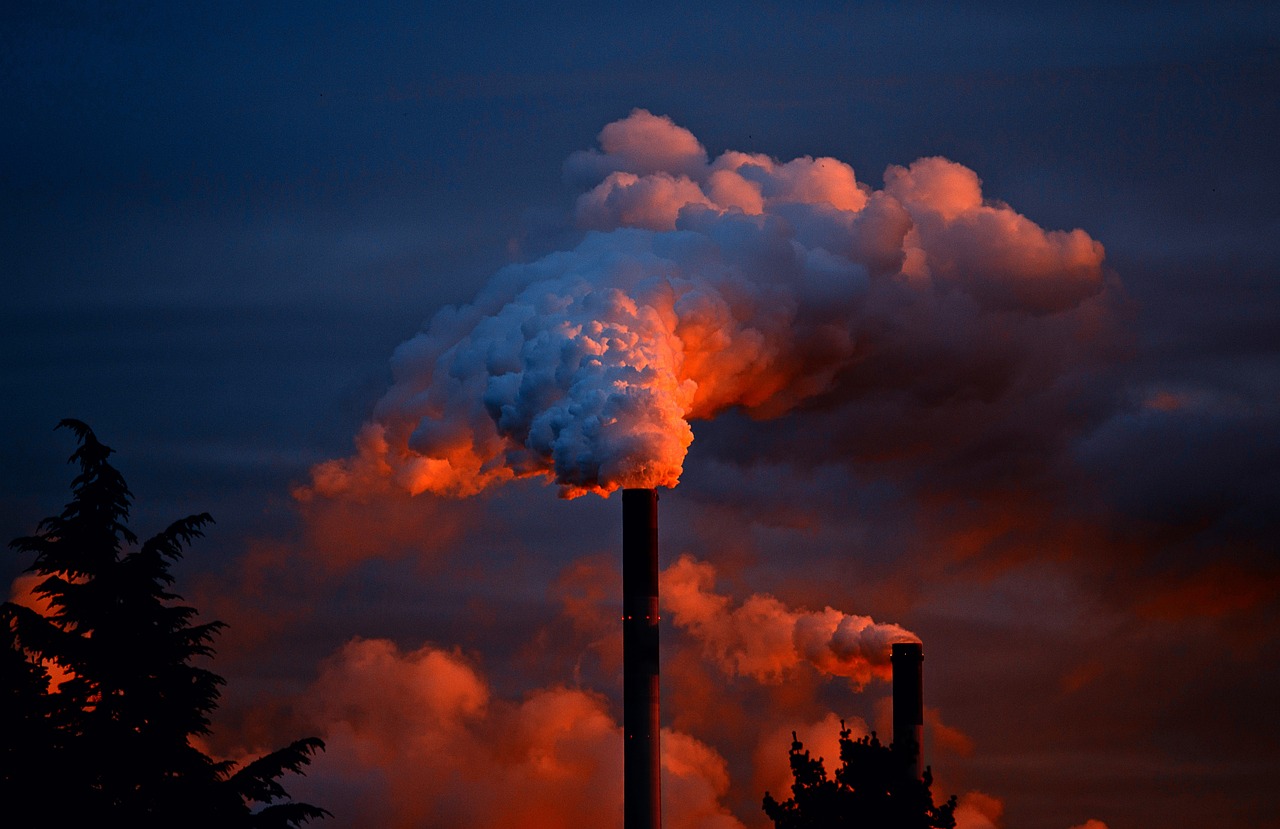
Globalization and Cultural Exchange
Globalization, a hallmark of the Industrial Revolution, has profoundly impacted cultural exchange on a global scale. As the world became more interconnected through trade and communication networks, diverse cultural traditions began to blend and influence one another. This phenomenon led to the emergence of hybrid cultural identities, where elements from different societies intertwined to create new forms of expression and art.
Through the exchange of ideas and practices, globalization facilitated the spread of cultural values and norms across borders, transcending geographical boundaries. Artists, writers, and thinkers were able to draw inspiration from a myriad of sources, enriching their creations with diverse perspectives and influences. This cultural exchange not only fostered creativity but also promoted understanding and appreciation of different ways of life.
Furthermore, globalization during the Industrial Revolution paved the way for the diffusion of technologies and innovations, accelerating the pace of cultural exchange. Traditional crafts and artistic techniques were shared among nations, leading to the preservation and revitalization of endangered cultural practices. This cross-pollination of ideas and skills contributed to the enrichment of cultural heritage and the preservation of unique artistic traditions.
As societies continue to navigate the complexities of globalization in the modern era, the legacy of cultural exchange from the Industrial Revolution remains evident. The interconnectedness of the digital age has further blurred cultural boundaries, enabling individuals to engage in cross-cultural dialogues and collaborations effortlessly. In this evolving landscape, the exchange of ideas and cultural practices continues to shape contemporary cultural identities, reflecting the enduring influence of the Industrial Revolution on the world stage.
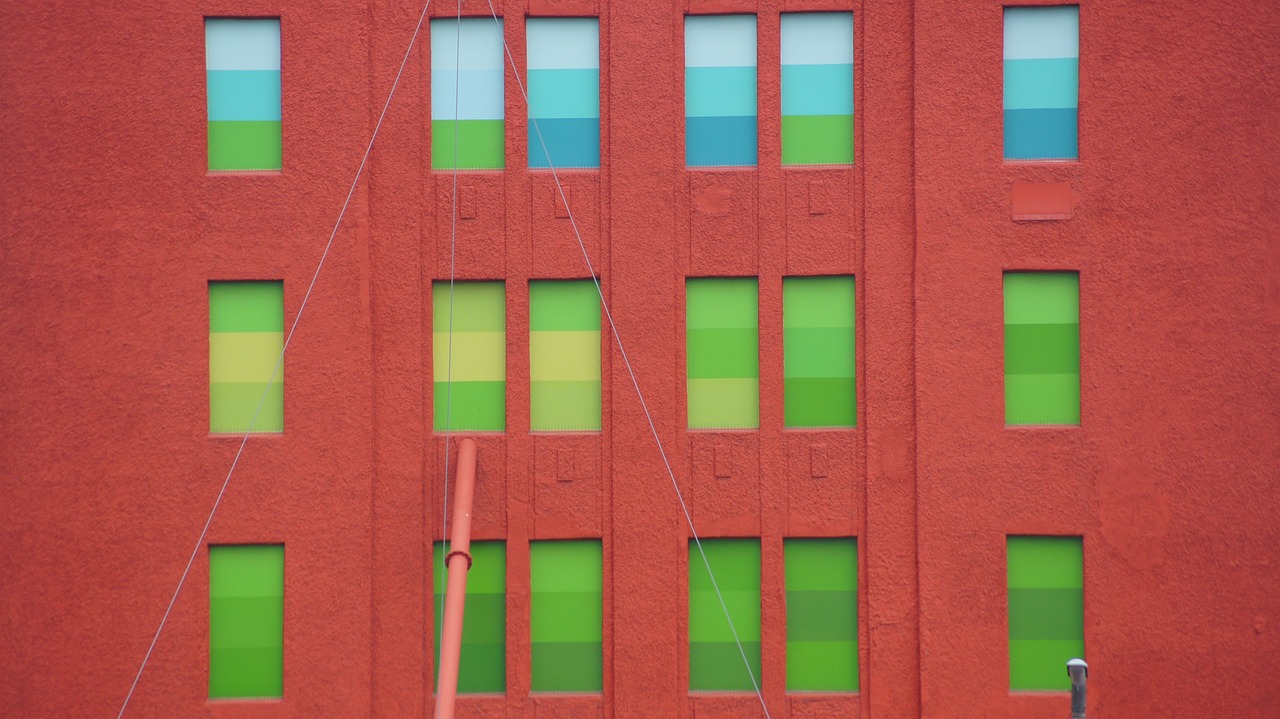
Legacy of Industrial Revolution in Modern Cultural Identity
The legacy of the Industrial Revolution continues to reverberate through modern cultural identities, shaping the way societies perceive themselves and their heritage. As we navigate the complexities of the digital age, the echoes of industrialization can still be heard in our cultural practices, artistic expressions, and societal structures.
One of the most profound impacts of the Industrial Revolution on modern cultural identity is the shift towards mass production and consumerism. The emphasis on efficiency and productivity that characterized the industrial era has persisted, influencing how we create, consume, and value cultural artifacts and products.
Furthermore, the Industrial Revolution laid the groundwork for the globalization of culture, as technological advancements facilitated the exchange of ideas, values, and traditions across borders. This interconnectedness has led to a blending of cultural practices, giving rise to a more pluralistic and diverse cultural landscape.
In the realm of art and literature, the legacy of industrialization can be seen in the themes of alienation, urbanization, and mechanization that continue to resonate in contemporary works. Artists and writers often grapple with the impact of industrialization on human identity and relationships, exploring the tension between progress and tradition.
Moreover, the environmental consequences of the Industrial Revolution have spurred a renewed focus on sustainability and cultural preservation in the modern era. As we confront the challenges of climate change and ecological degradation, there is a growing awareness of the interconnectedness between cultural heritage and environmental stewardship.
Overall, the legacy of the Industrial Revolution in modern cultural identity serves as a reminder of the transformative power of technological innovation and societal change. By reflecting on the past, we can better understand the complexities of our present cultural landscape and navigate the evolving dynamics of identity and heritage in a rapidly changing world.
Frequently Asked Questions
- What were the main technological advancements during the Industrial Revolution?
The Industrial Revolution brought about significant technological advancements such as the steam engine, mechanized textile production, and the telegraph. These innovations revolutionized industries, transportation, and communication, shaping the modern world as we know it.
- How did urbanization impact cultural diversity?
Urbanization during the Industrial Revolution led to the migration of rural populations to cities, creating diverse cultural landscapes. This influx of people from different backgrounds contributed to the blending of traditions and the emergence of new cultural practices.
- What was the role of artists and writers in responding to industrialization?
Artists and writers played a crucial role in reflecting on the effects of industrialization on cultural identity through their works. They challenged societal norms, captured the changing landscapes, and expressed the human experience in the face of rapid technological advancements.
- How did the Industrial Revolution impact traditional crafts and artisanal skills?
The Industrial Revolution led to the decline of traditional crafts and artisanal skills as mass production became prevalent. Efforts to preserve cultural heritage and traditional craftsmanship emerged in response to the threat of losing these valuable skills to industrialization.
- What is the legacy of the Industrial Revolution on modern cultural identity?
The legacy of the Industrial Revolution continues to influence modern cultural identities, shaping how societies navigate the digital age. The era of industrialization left a lasting impact on cultural heritage, societal structures, and environmental awareness, which are still evident today.





